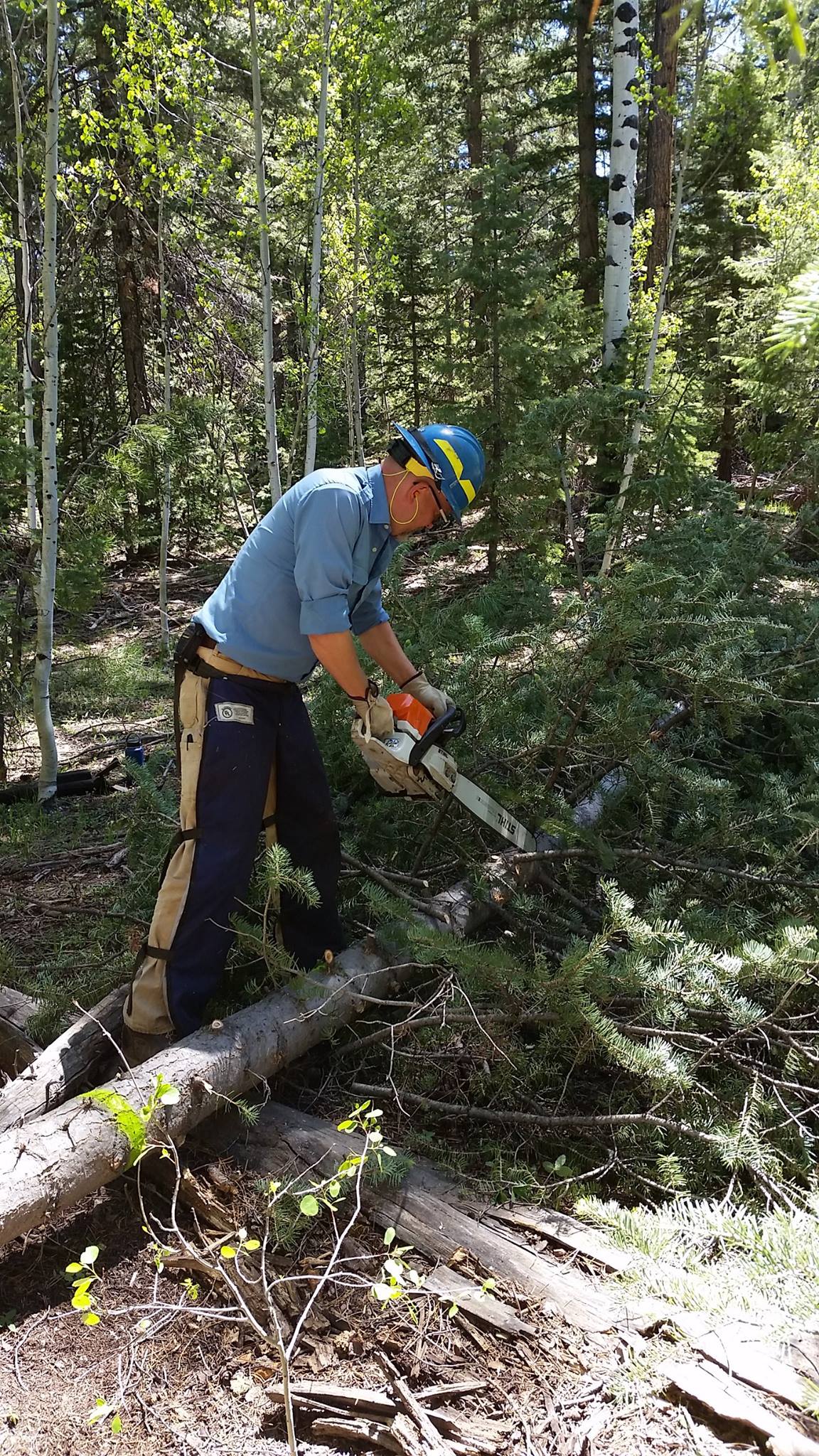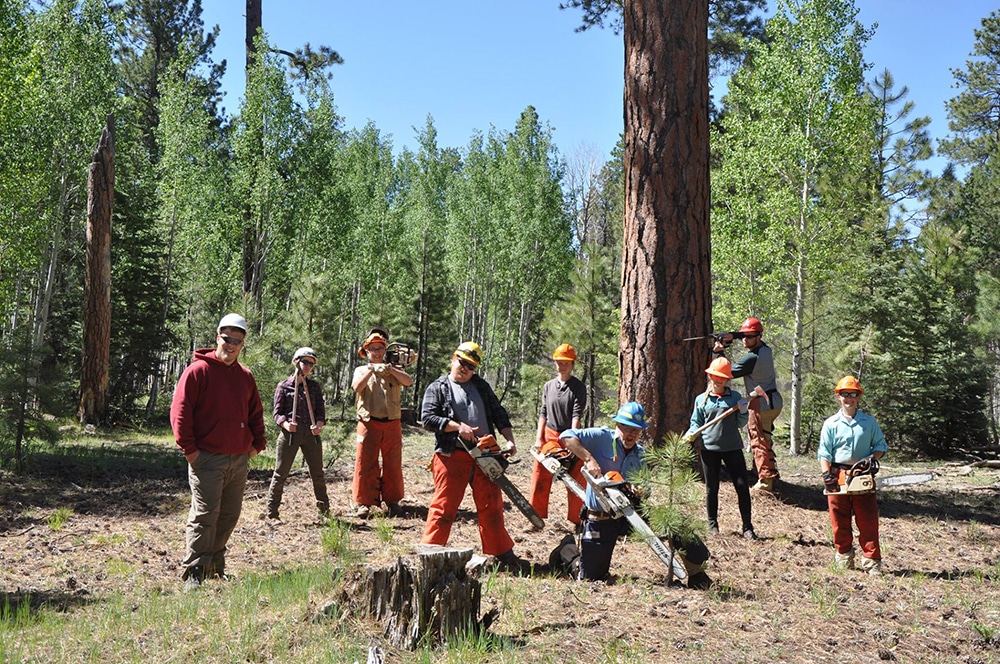Forests and the carbon they capture play a pivotal role in combating climate change, and a new study co-authored by NAU researchers is set to transform forest conservation efforts nationwide by providing new, more accurate models for calculating and predicting how much carbon they hold.
The U.S. Forest Service, along with an impressive list of research partners including those at Northern Arizona University, has introduced new National Scale Volume Biomass (NSVB) models that provide a consistent and scientifically accurate method to predict tree volume, biomass (a term that describes the collective mass of the woody parts of trees) and carbon content nationwide.

“This pioneering initiative is a multi-year effort involving multiple partners who meticulously compiled records from nearly 280,000 trees,” NAU faculty and research team member Andrew Sánchez Meador said. “These models are testaments to the Forest Service’s commitment to advancing scientific knowledge and ensuring the sustainable management of our nation’s forests.”
The findings associated with Arizona are particularly noteworthy. For Arizona, the estimated merchantable wood volume is expected to increase by 1.1 percent, while the estimated aboveground biomass is expected to increase by 21.7 percent.
“A striking finding is how the new models predicted increases in the biomass in tops and limbs, which increased by 115 percent,” said School of Forestry Interim Executive Director David Auty, who also is on the team. “This increase has implications for previous carbon estimates, suggesting that the carbon storage capacity in these components of the trees has been previously underestimated.”
The NSVB models also serve as a foundation for research on carbon, old growth and forest sustainability, and inform the implementation of strategies such as the national Wildfire Crisis Strategy. By providing a nationally consistent framework and biomass estimates for all tree components, the NSVB addresses inconsistencies in regional or state volume models.
“This groundbreaking research is an important step toward a sustainable future,” Auty said. “It underscores the Forest Service’s dedication to fostering the health, diversity, and productivity of the nation’s forests and grasslands to meet the needs of present and future generations.”
After extensive peer review, the report is now available on the Forest Service’s website, and the data is openly available at legacytreedata.org.
Tayloe Dubay | Ecological Restoration Institute




